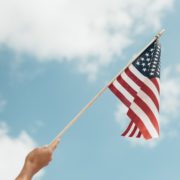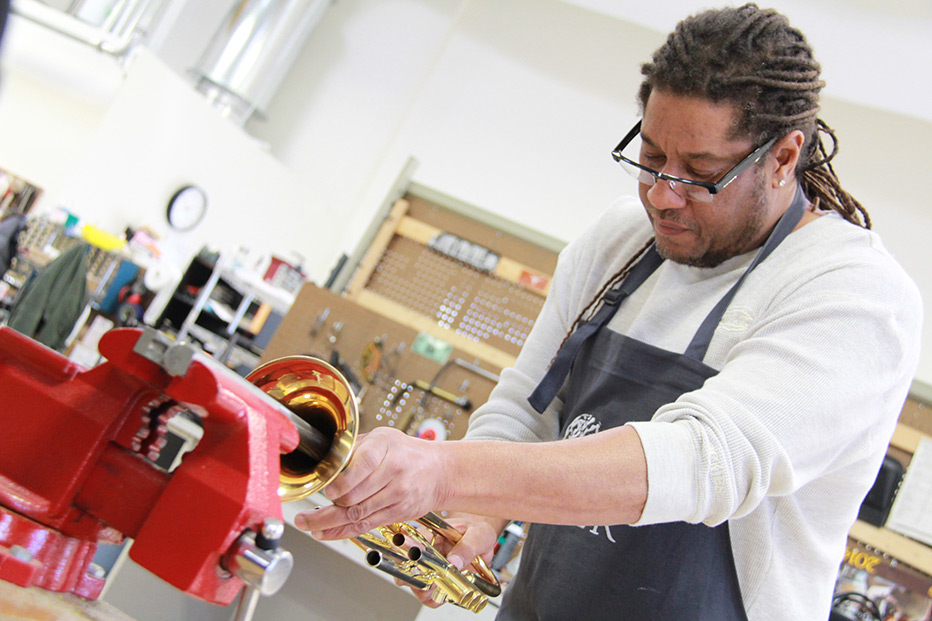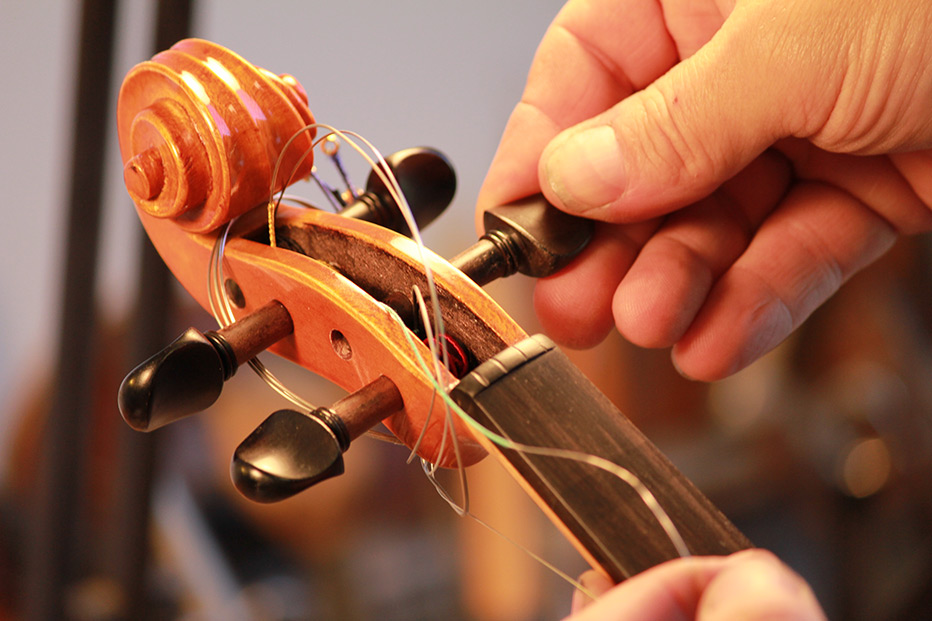April 09, 2015
An Inside Look at Military Bands & US Military Band History


US military band history is intertwined with the history of the armed forces in general. Since the beginning, military bands have provided crucial support to the brave men and women who serve our country. Military bands boost morale, add dignity to military ceremonies, and give musical servicemembers a chance to use their talent for their country.
Although some people don’t think of the US military as a musical organization, the armed forces actually have a rich musical tradition. Each branch of the military has numerous bands, covering different musical styles. In US military band history, these musical groups played important roles in World War II, Korea, Vietnam, the Gulf War, and other military conflicts.
Whether you know someone who wants to enlist and use their musical talents to serve their country, or you’re just a trivia buff, learning about US military bands and US military band history is a rewarding endeavor. Here’s a brief exploration of military bands.
Army Bands
The United States Army Band was founded in 1922. Established by General John J. Pershing, who was inspired by the European military bands he heard while serving in World War I, the US Army Band came to be known as “Pershing’s Own” in the general’s honor.
The US Army Band completed four national tours between 1928 and 1931, then received its first overseas commission to perform in North Africa and Europe during World War II in 1943. They received special recognition for their performances during the Rhineland Campaign.
Many other distinctions, awards, and special performances followed. In 1963, Pershing’s Own played at the state funeral of assassinated President John F. Kennedy.
Today, there are eight different ensembles in the United States Army Band: the United States Army Concert Band, the Army Ceremonial Band, the Army Chorus, the Army Blues, the Army Band Downrange, the Army Herald Trumpets, the Army Strings and the Army Brass Quintet.
Each ensemble is a highly prestigious, premier musical organization, tasked with a special purpose within the Army Band. For example, the Army Herald Trumpets traditionally perform at official state events, where they provide fanfare for the arrival and departure of the President.
Navy Band
Based at the Washington Navy Yard at the nation’s capitol in Washington DC, the United States Navy Band was formally established in 1925 by President Coolidge.
However, the Navy Band’s history is much older and can be traced back to the traditional sea shanties of British sailors. Singers, drummers, and other musicians were regularly brought aboard ships to ease the rigors of a long voyage.
The first band leader of the US Navy Band was Lieutenant Charles Benter, who lead the band for many historic performances, including a special ceremony for the return of Charles Lindbergh after the first transatlantic flight. Benter later established the Navy School of Music in 1935. Like the Army Band, the Navy Band also played at John F. Kennedy’s funeral in 1963.
Performing all types of music, the Navy Band has been known to incorporate jazz, rock, and country hits among its repertoire of classical music and ceremonial pieces. The Navy Band frequently performs at state dinners and other special events in Washington, such as presidential inaugurations.
Air Force Bands
Also based in Washington DC, the United States Air Force Band is stationed at Bolling Air Force Base and consists of 184 active duty members. The Air Force Band is the youngest group in US military band history. It was established in 1941 by the base’s commander at the time, Lieutenant L.P. Holcomb.
In 1944, the Air Force Band performed its first overseas tour in England and France. A few years later, in 1951, the Air Force Band made history by establishing a subgroup comprised of female airmen from the Women in the Air Force (WAF) program. This group, officially designated as the United States WAF Band in 1955, performed at various official functions until its dissolution in 1961.
Currently, there are 6 different ensembles within the Air Force Band: the Air Force Concert Band, the Singing Sergeants chorus group, the Airmen of Note jazz band, the Air Force Strings, the Ceremonial Brass, and rock group Max Impact.
Marine Band
The United States Marine Band is the oldest professional musical organization in US military band history — and the oldest musical organization in the United States! Established by an act of Congress in 1798, the Marine Band is also known as the “President’s Own” and is among the most elite musical groups in the country.
One of the Marine Band’s most famous directors was John Philip Sousa, who lead the band from 1880 to 1892. Sousa is also renowned for composing the classic patriotic march, Stars and Stripes Forever.
The US Marine Band performs frequently throughout the year, including official state events, ceremonies, parades, and military funerals at Arlington National Cemetery. A special 42 piece band plays at all Pentagon events.
The US Marine Band also has two subgroups, the Marine Chamber Orchestra and Marine Chamber Ensembles. Each of these three groups is separate from the US Marine Drum and Bugle Corps.
Coast Guard Band
The United States Coast Guard Band was founded in 1925 by the joint efforts of the Navy Band’s Charles Benter, John Philip Sousa, and Walter Damrosch, the conductor of the New York Philharmonic at the time.
Stationed at the US Coast Guard Academy in Connecticut, the Coast Guard Band was created to perform at special ceremonies for the cadets, such as graduations and promotions. This remains one of its primary functions today.
The Coast Guard Band is the Coast Guard’s only official musical organization. However, the Coast Guard Pipe Band, a privately-run group consisting of current and former Coast Guard members, often performs at Coast Guard events as an auxiliary ensemble.







